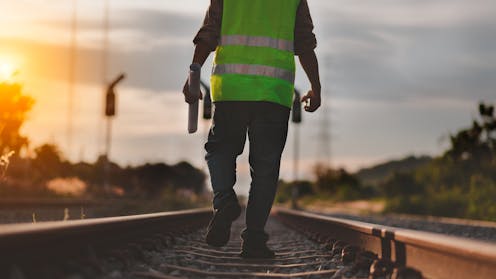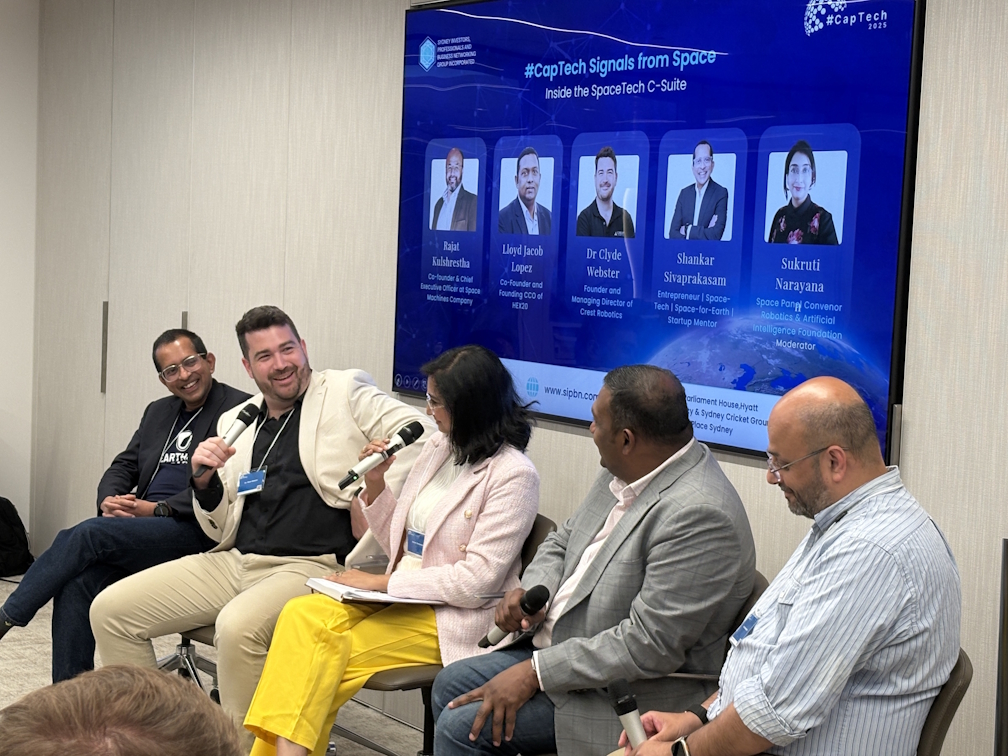How remembering railway accidents from 100 years ago can make the industry safer today
- Written by Mike Esbester, Senior Lecturer in History, University of Portsmouth

According to a recent report[1], the UK rail industry is a relatively safe environment for both passengers and workers. The findings, from the Rail Accident Investigation Branch[2], came from data on railway accidents for 2024.
But it also showed that there remain areas of concern in the industry. Specifically, it found examples of “not learning” from accidents and incidents. And alarmingly, there has also been a “lack or loss” of learning from historic tragedies.
So how and where can the sector recover that experience and insight in order to learn the lessons? The report findings imply the knowledge exists, but has been forgotten. It may be that, rather than looking back over the previous 12 months, the industry should cast its gaze back 100 or 150 years.
For the rail workforce, a major new historical dataset is being released that might offer some answers. The Railway Work, Life & Death[3] project has added nearly 70,000 cases of worker accidents in England and Wales to its database of staff accidents from before 1939.
The records come from The National Archives[9] of the UK, where a team of volunteers has spent seven years transcribing them to make them more easily accessible. They were then added into the Railway Work, Life & Death project, a collaboration between the University of Portsmouth[10], National Railway Museum[11] and the Modern Records Centre[12] at the University of Warwick, working with the RMT union[13].
The dataset also has benefits for people beyond the rail industry. This year is being marked as Railway 200[14] – 200 years since the Stockton and Darlington Railway was launched. This is seen as the birth of the modern system. For historians, we can use the dataset to see the people who kept the railway system running.
There’s a risk that the version of the past that is portrayed is a straightforward one, and railways (particularly steam railways) are seen through rose-tinted spectacles. That view obscures how hard, dirty and dangerous working on the railways was for many people.
Narratives about the railways’ past should challenge people – and acknowledge the difficult bits. This newly released dataset can do exactly that. It documents working conditions, wages, practices and, of course, dangers from working on the railways. It allows anyone to find out more about the past, making research easier and more accessible.
And the dataset lets people tell more diverse stories about who was included in the rail industry.
For example, we can see how disability as a result of a workplace accident was experienced and managed. William Parry was employed as a signalman in south Wales following a 1907 accident on the railways that cost him his leg.
Giving more prominence to under-represented groups – while showing their long-standing presence in the rail industry – has significant social value. It can help support those currently in the industry, as well as show those contemplating a railway career that the workplace is for them. It meshes with the work of groups like Women in Rail[15] and Ethnicity and Race in Rail[16] to encourage greater representation in the industry.
Having spent nearly ten years co-leading the Railway Work, Life & Death project, I sometimes ask myself why I do it – not least given the inherent sadness in many of the cases. But then I see the people behind the statistics, their wider lives, their families and communities, and the window the records gives into life on the railways. That personal connection drives me – alongside the conviction that it can make a difference to today’s industry.
Railway workers from the past and the accidents they often suffered have been largely forgotten, precisely because the industry is now relatively safe. Employee accidents are nowhere near as commonplace or visible as they once were. But there is room for improvement. Remembering the people of the early railway era and learning from their experiences is once again possible through the Railway Work, Life & Death project.
References
- ^ recent report (www.gov.uk)
- ^ Rail Accident Investigation Branch (www.gov.uk)
- ^ Railway Work, Life & Death (www.railwayaccidents.port.ac.uk)
- ^ Sign up to our daily newsletter (theconversation.com)
- ^ Rail Safety and Standards Board (www.rssb.co.uk)
- ^ Infrastructure Safety Leadership Group (www.rssb.co.uk)
- ^ track worker safety digest (www.rssb.co.uk)
- ^ “safe systems of work” (www.hsdept.co.uk)
- ^ The National Archives (www.nationalarchives.gov.uk)
- ^ University of Portsmouth (www.port.ac.uk)
- ^ National Railway Museum (www.railwaymuseum.org.uk)
- ^ Modern Records Centre (warwick.ac.uk)
- ^ RMT union (www.rmt.org.uk)
- ^ Railway 200 (railway200.co.uk)
- ^ Women in Rail (womeninrail.org)
- ^ Ethnicity and Race in Rail (ethnicityandraceinrail.co.uk)







